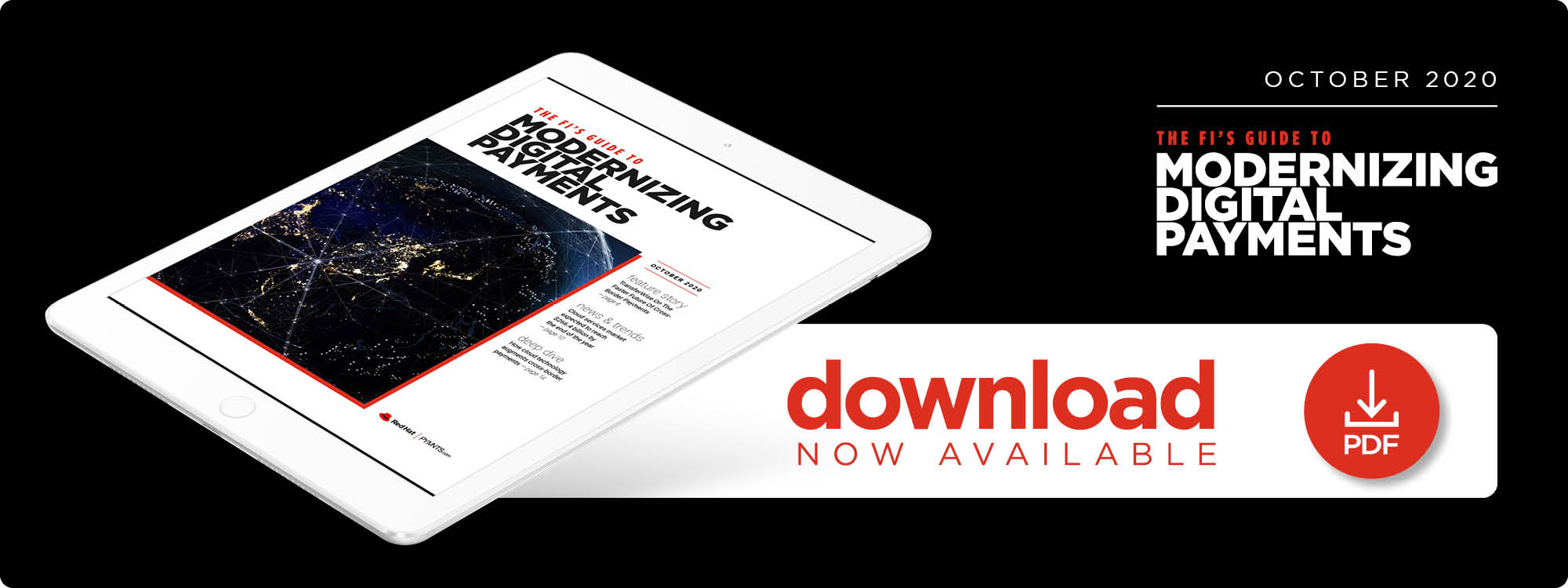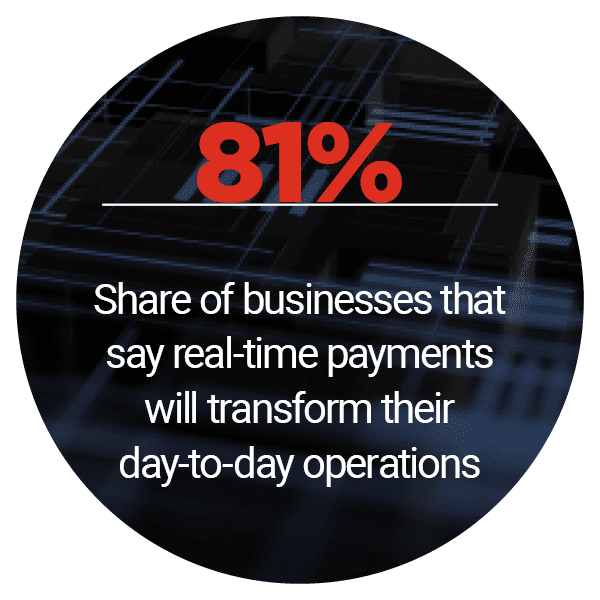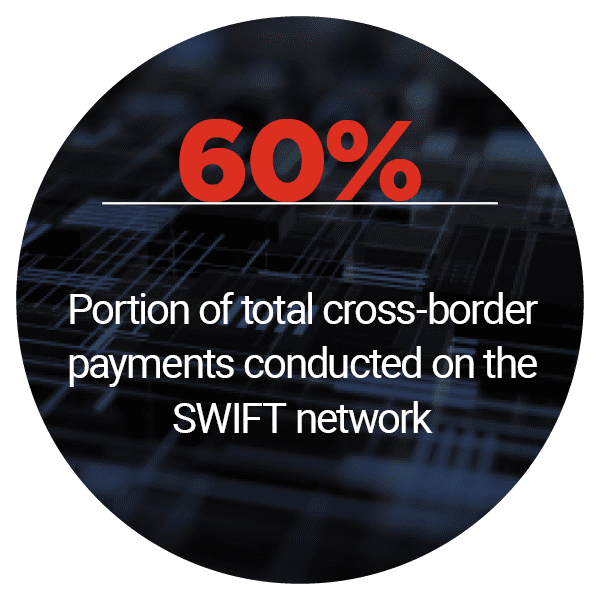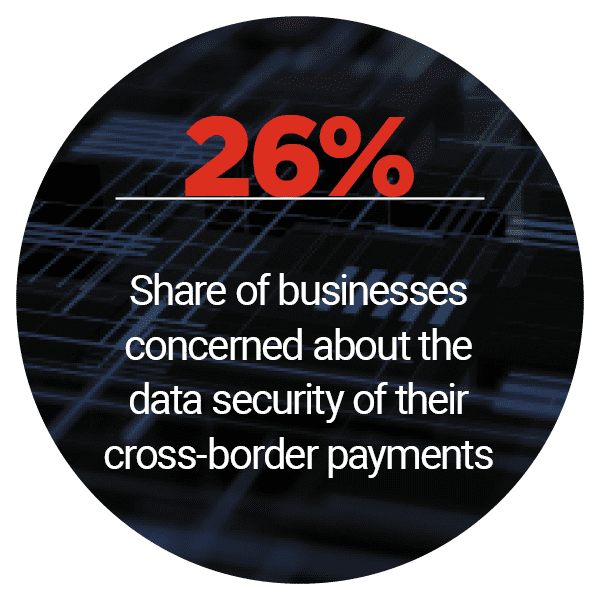
 Cross-border payments are a necessary, yet often frustrating part of the world economy, with international transactions prone to overlapping government regulations, excessive fees and slow processing times.
Cross-border payments are a necessary, yet often frustrating part of the world economy, with international transactions prone to overlapping government regulations, excessive fees and slow processing times.
These difficulties are due to a process called correspondent banking, in which transactions must also be funneled through multiple financial institutions (FIs) before they reach their final destinations.
FIs of all sizes are developing new systems to supplant or replace correspondent banking models, with many partnering with FinTechs to do so.
In the October edition of The FI’s Guide To Modernizing Digital Payments, PYMNTS explores the latest in the world of payments modernization, including the growing trend of cloud-based, cross-border payments, the pandemic’s effect on the international payments industry, and new partnerships aimed at modernizing payments of all types.
 Developments From Around The World of Payments Modernization
Developments From Around The World of Payments Modernization
The rising global value of cross-border payments has been slowed somewhat by the ongoing pandemic. One study projects that cross-border B2B payments will top out at $27 trillion by the end of 2020, and that their value will not exceed the $35 trillion reached in 2019 until 2022. The pandemic is not the only factor at play, however, with businesses’ increased frugality and cost-consciousness amid the economic downturn playing a part as well.
Cloud services are boosting cross-border payments, however, with a study projecting that the cloud services market will reach $266.4 billion by the end of this year. This represents a 17 percent increase since the same period last year. Up to 55 percent of all workloads will be cloud-based by 2022, the study additionally predicts, up from 33 percent this year. This growth is in large part due to the pandemic, as companies introduce new ways to aid employees who are working from home.
Banks and FinTechs are entering into new partnerships to take advantage of this gro wing demand for cloud technology. Standard Chartered, for example, formed an alliance with Microsoft to leverage the latter’s Azure cloud platform to move all of its core banking and trading systems to the cloud. The bank also plans to harness Microsoft 365 and Microsoft Teams to improve its customer personalization systems. Standard Chartered expects this process to be complete by 2025.
wing demand for cloud technology. Standard Chartered, for example, formed an alliance with Microsoft to leverage the latter’s Azure cloud platform to move all of its core banking and trading systems to the cloud. The bank also plans to harness Microsoft 365 and Microsoft Teams to improve its customer personalization systems. Standard Chartered expects this process to be complete by 2025.
For more on these and other payments modernization news items, download this month’s Tracker.
How New Payments Networks Improve On Correspondent Banking
Cross-border payments are notorious for long delays, excessive fees and a lack of transparency, all due to widespread reliance on correspondent banking. All of these problems could be reduced by creating inter-bank networks across borders, according to Nicholas Lembo, head of growth for money transfer service TransferWise.
In this month’s Feature Story, PYMNTS talked with Lembo about how TransferWise created its own payments network to reduce costs and customer frustrations.
 Deep Dive: Leveraging Cloud Technologies To Accelerate And Secure Cross-Border Payments
Deep Dive: Leveraging Cloud Technologies To Accelerate And Secure Cross-Border Payments
Trillions of dollars are transacted across borders each year, with individuals and treasury professionals wrestling with their expense, sluggishness and security risks. Banks are beginning to embrace cloud technologies that promise to reduce these frustrations, however.
This month’s Deep Dive explores the weaknesses inherent in old-fashioned correspondent banking models, and how cloud networks can augment cross-border transactions’ speed and keep them secure.
About The Tracker
The FI’s Guide To Modernizing Digital Payments, done in collaboration with Red Hat, is your go-to monthly resource for updates on trends and changes in payments modernization.